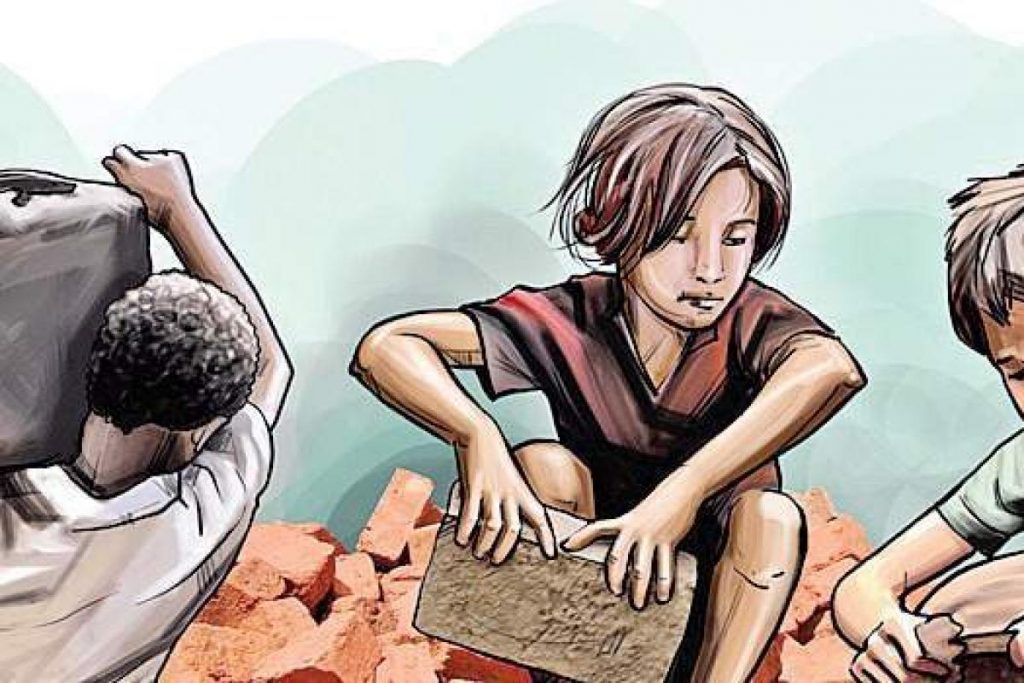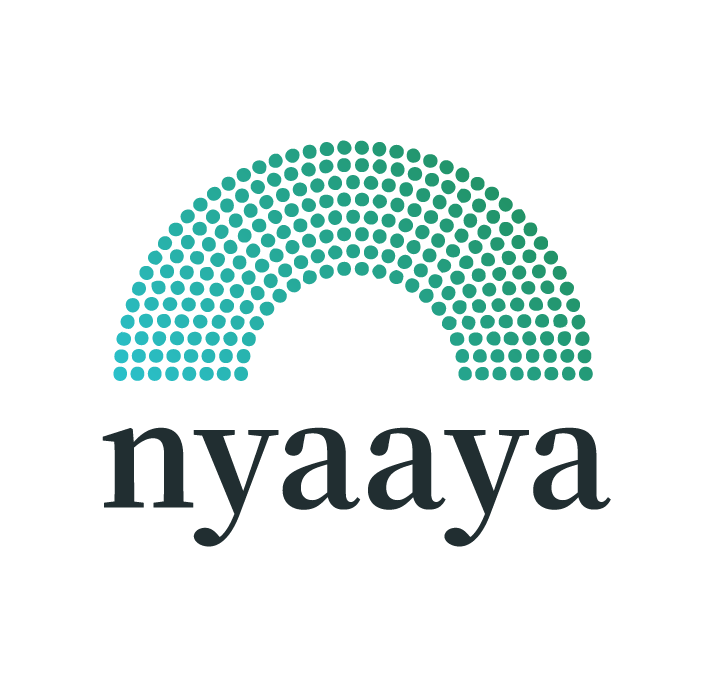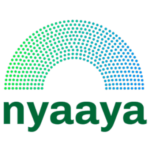

The importance of addressing child labour
The International Labour Organisation (ILO) refers to child labour as work that deprives children of their childhood, their potential and their dignity, and that is harmful to physical and mental development. In essence, child labour is work that is mentally, physically, socially or morally dangerous and harmful to children, and/or interferes with their schooling.
A strong link has been evidenced between household poverty and child labour, and child labour, in turn, perpetuates the poverty across generations by depriving children of education and limiting their opportunities for upward social mobility. A high prevalence of child labour has a cost for the economy as a whole by favouring unskilled labour over increased investment in human capital, further affecting opportunities for the expansion of international trade and investments which mostly require skilled workers.
Thus, any discussion on labour rights is incomplete without taking into consideration the issue of child labour. The perpetuation of child labour results in lowered human capital, which is linked to slow economic growth and social development. Therefore, the elimination of child labour in developing economies through legal and socio-economic measures would generate economic benefits much greater than the costs of investment in such measures.
India’s efforts to curb child labour
As per the National Census of 2011, India has around 10.1 million child labourers (aged 5 to 14 years), which is 3.9% of the total population of children in the age group.
In 1979, the Indian government formed the first committee, the Gurupadaswamy Committee, to comprehensively study child labour and recommend measures to tackle child labour in India. The Committee observed a strong connection between poverty and child labour and held that mere legal measures would not be sufficient to eliminate child labour while poverty continued to prevail.
Based on the recommendations of the Committee, the Child Labour (Prohibition & Regulation) Act was enacted in 1986. The Act prohibited the employment of children in specified hazardous occupations and regulated the working conditions in other employments. The 1986 Act was amended in 2016 and named the Child and Adolescent Labour (Prohibition and Regulation) Act, 1986.
After the 2016 amendment, India ratified ILO Convention No. 138 on establishing a minimum age for admission to employment and work and Convention No. 182 on eliminating the worst forms of child labour as a priority.
In line with the legislative measures on child labour, a National Child Labour Policy was formulated in 1987 as part of a multi-pronged approach to gradually eliminate child labour, with initial focus on children engaged in hazardous occupations. The Policy’s Action Plan emphasises strict enforcement of legal provisions of the Act, while also providing for general developmental programmes benefitting the families of children to improve their economic condition. Further, there is project-based action in areas with a high incidence of child labour.
The Ministry of Labour and Employment has developed an online portal — PENCiL (Platform for Effective Enforcement for No Child Labour) — as a mechanism for enforcement of legal provisions and effective implementation of the National Child Labour Project (NCLP), which seeks to rehabilitate working children at the district level. Complaints of child labour can be registered electronically on the portal to the concerned District Nodal Officers for taking prompt action.
Indian law on child labour
Laws regulating and prohibiting child labour are laid down in the Constitution, Acts of Parliament and judicial decisions.
Constitutional provisions
- Right to education under Article 21A — The State shall provide free and compulsory education to all children of the age of 6 to 14 years. The right to education under Article 21A took a legislative form in the 2009 Right of Children to Free and Compulsory Education Act.
- Prohibition of children’s employment under Article 24 — Children below 14 years are strictly prohibited from being employed in any factory/mine or any hazardous employment.
- Articles 39(e) and 39(f) — The State should try to ensure that children are not forced into unsuitable occupations due to their poor economic situation. Further, children should be given opportunities to develop healthily in free and dignified conditions that protect them from exploitation and abandonment.
- Article 45 — The State should try to provide early childhood care and education for all children until they complete 6 years of age.
- Fundamental duty to educate under Article 51A (k) — Parents/guardians have a duty to provide educational opportunities for children between 6 and 14 years.
The 86th (Constitution Amendment) Act, 2002 was a landmark for child labour as it introduced the right to education. Constitutional provisions impacting child labour under Article 21A, Article 45 and Article 51A are a product of this Amendment.
Legislative Provisions
Legislative provision under the Child and Adolescent Labour (Prohibition and Regulation) Act, 1986 read with the Child Labour (Prohibition and Regulation) Amendment Rules, 2017:
- Absolutely prohibits the employment of children below 14 years in all occupations (linking the prohibition of employment with children’s right to education until 14 years). A few conditional exemptions are allowed for children helping out their families or working as artists.
- Prohibits the employment of adolescents (14 to 18 years of age) in certain hazardous occupations and processes including mining, domestic work, handloom industry etc. The list of hazardous occupations is expanded on the recommendation of a Technical Advisory Committee constituted under the Act.
- Regulates hours and period of work of adolescents, also providing weekly holidays.
- Penalises employers for employing children/adolescents in contravention of the Act with imprisonment of at least 6 months up to 2 years, or a fine of at least Rs.20,000 up to Rs.50,000.
Supreme Court Cases
The 1996 Supreme Court judgement of MC Mehta v. State of Tamil Nadu dealt with the high rate of employment of children in the hazardous match factories of Sivakasi in Tamil Nadu. In the judgement:
- The government was directed to eliminate child labour, through the conduct of surveys for identification of working children, ensuring the withdrawal of children working in hazardous industries and ensuring their education.
- Offending employers were directed to pay a contribution of Rs.20,000 per child to a welfare fund to be established for educating the children. When a child was withdrawn from work, the government was asked to either ensure that at least one adult member of the child’s family receives employment, or else contribute Rs.5000 to the fund.
- Hours of work were regulated such that children in non-hazardous employment do not work for more than six hours per day, and engage in education for at least two hours with the entire educational expenditure to be borne by the concerned employer.
Citizen involvement to tackle child labour
Our attempt as concerned citizens working towards eradicating child labour can involve a diverse variety of means:
- Merely educating ourselves about child labour, its causes and consequences aids in being better informed and vigilant individuals ready to take action against child labour. At the individual level, this includes first scrutinising and eliminating our personal practices that encourage the employment of children.
- Pushing for more stringent legislation and judicial action against child labour, while monitoring the implementation of current governmental policies on child labour.
- Boosting children’s enrolment in schools, especially private schools which are mandated under the 2009 Right to Education Act to ensure a minimum of 25% free seats for children belonging to weaker sections and disadvantaged groups.
- Spreading awareness about child labour and discouraging people from employing children in homes, shops etc. This also involves reporting instances of child labour to the appropriate authorities.
- Supporting and contributing to NGOs and other organisations working to eradicate child labour.
As Nelson Mandela so aptly said — “There can be no keener revelation of a society’s soul than the way in which it treats its children.” Child labour is not only a socio-economic but a basic human rights concern that each one of us should strive to eradicate.
_______________
Sruthy Sriram is a Research Fellow at Nyaaya. Views are personal.


